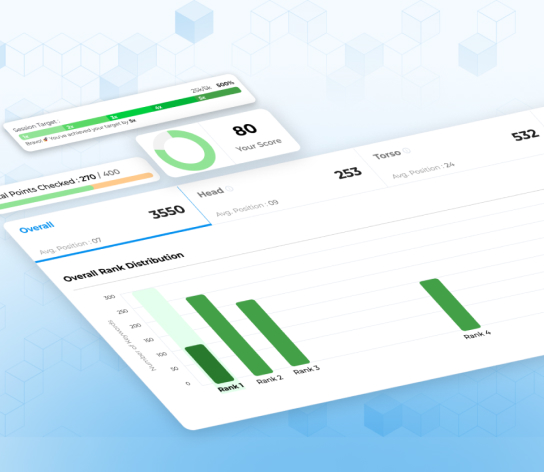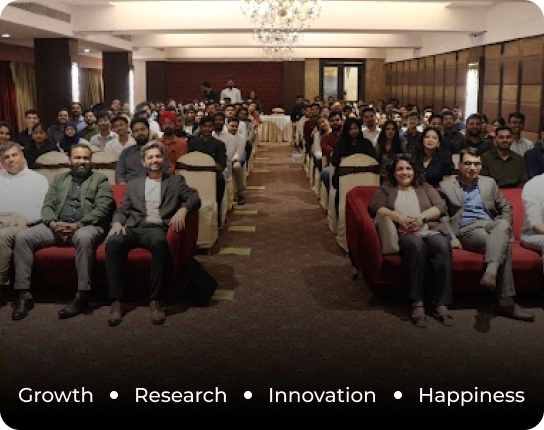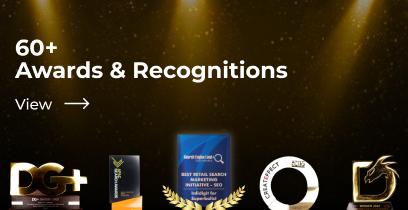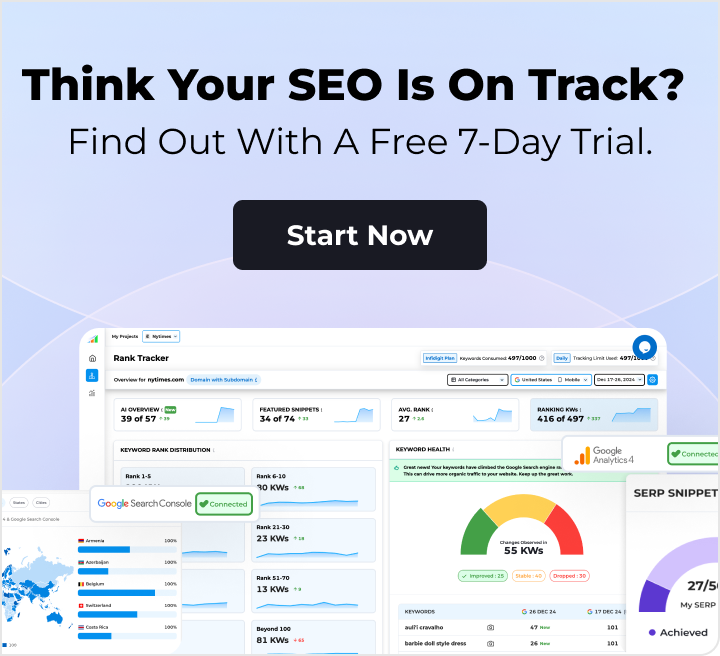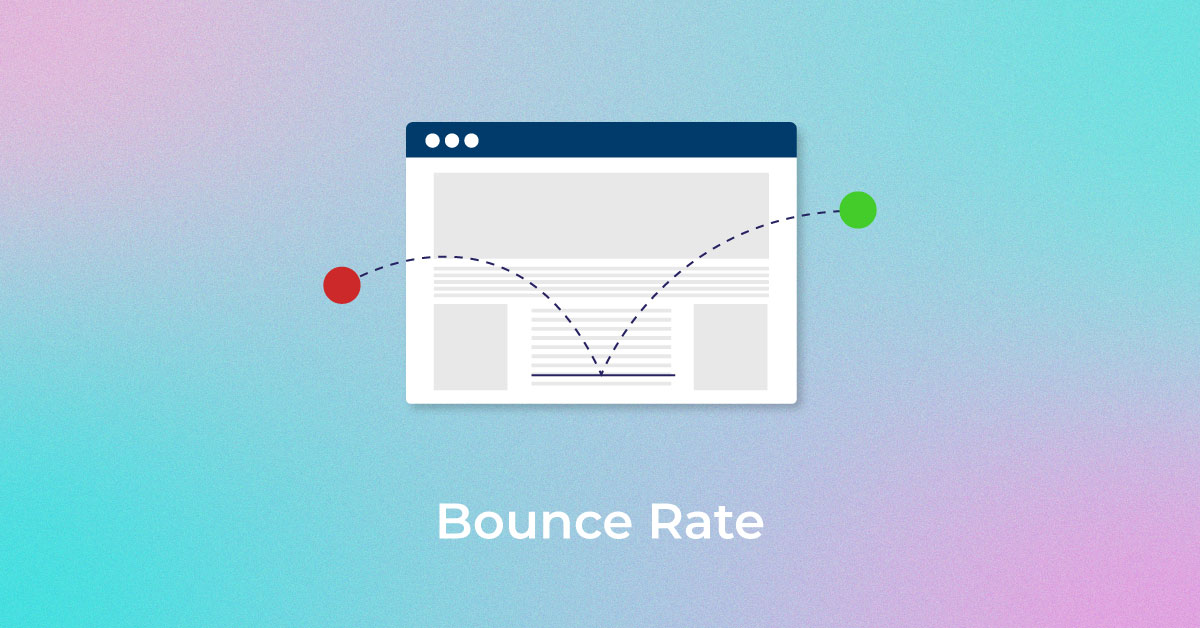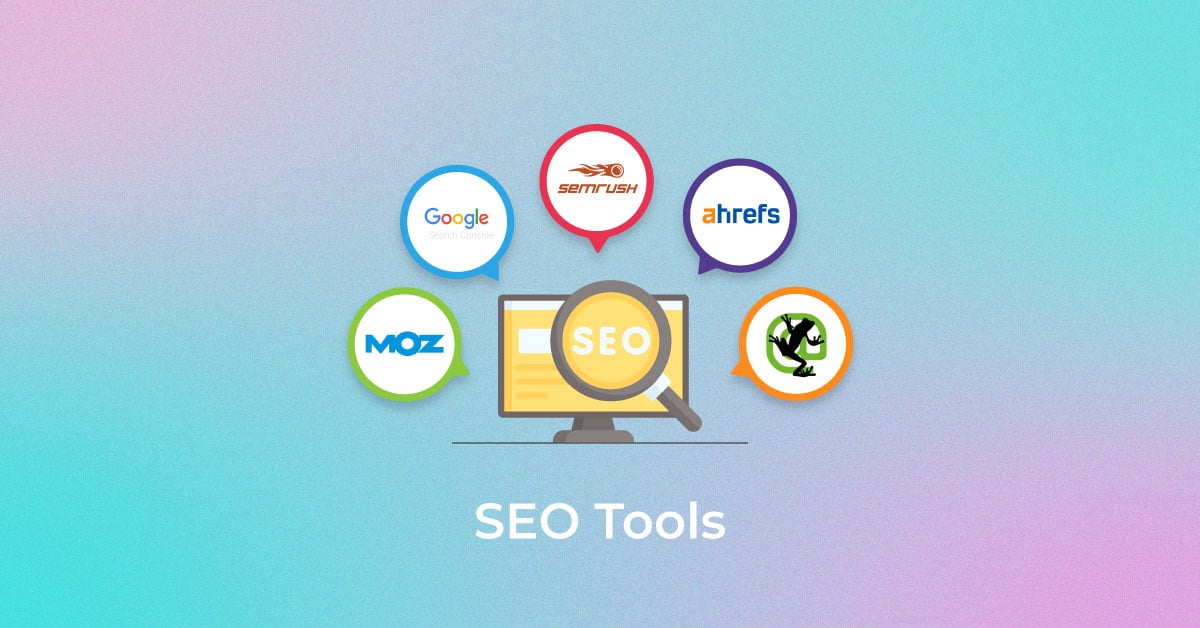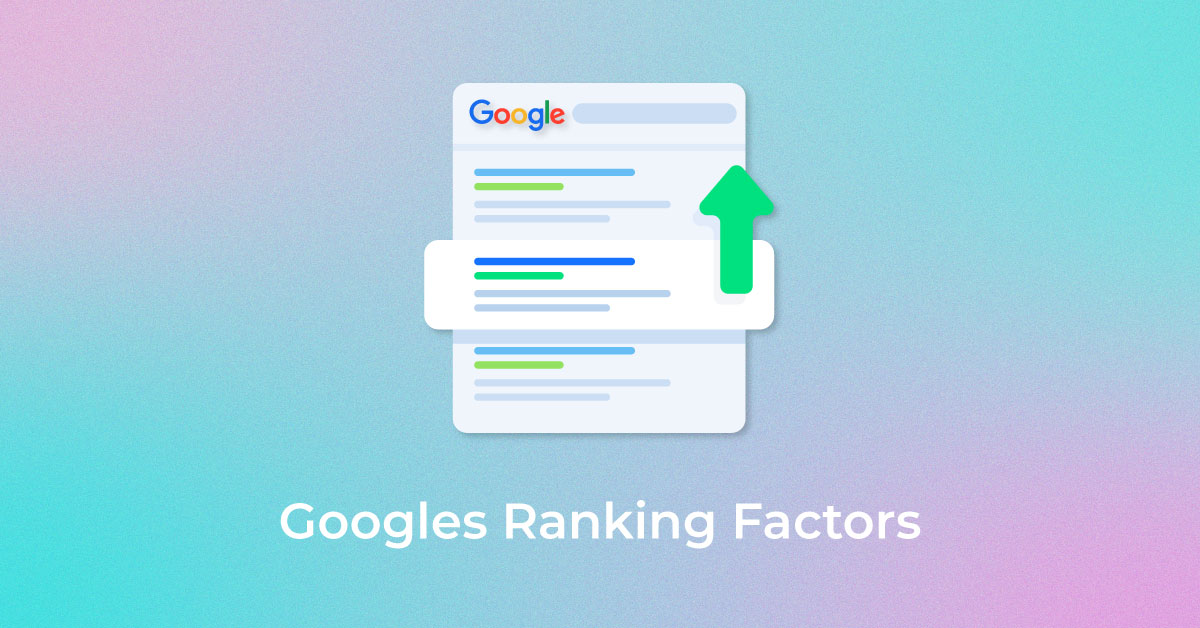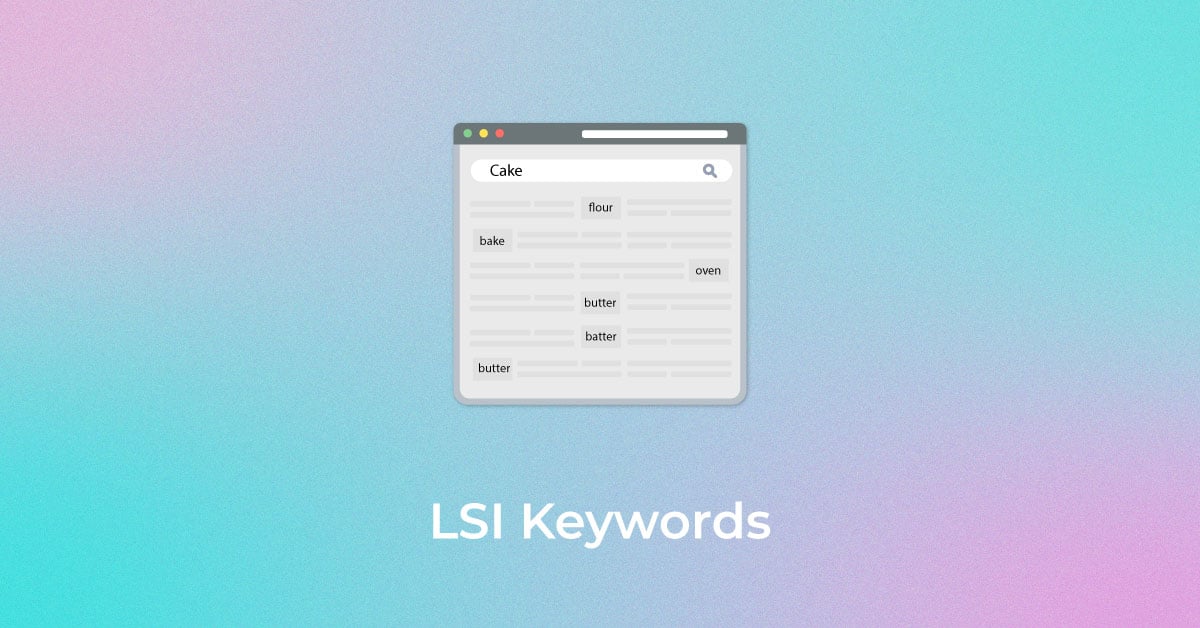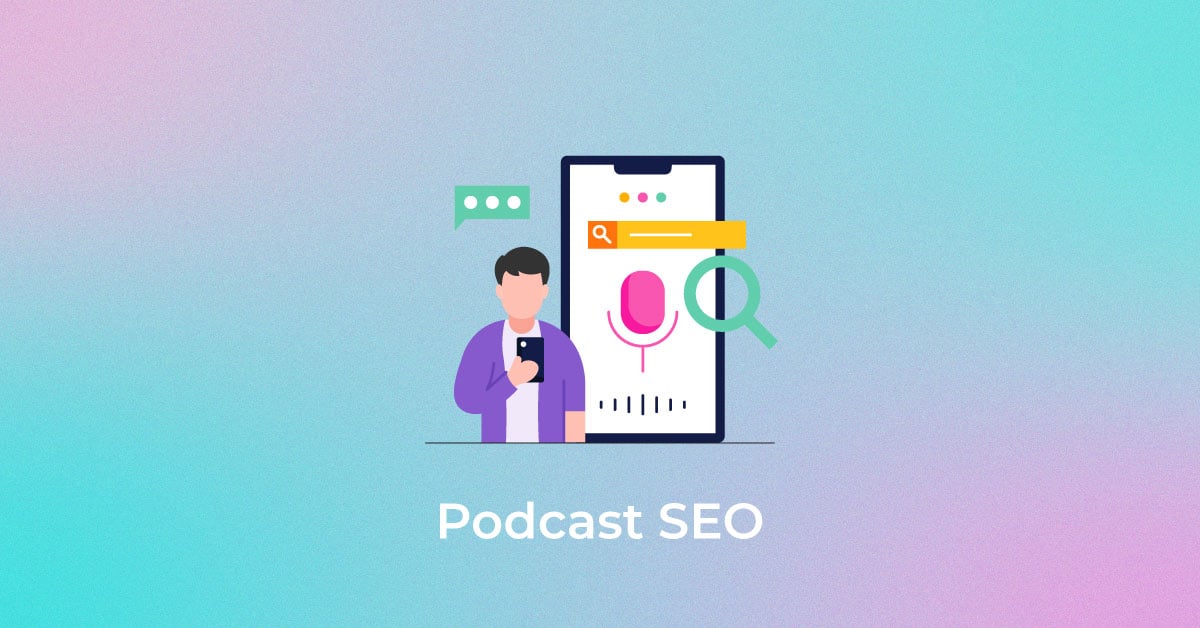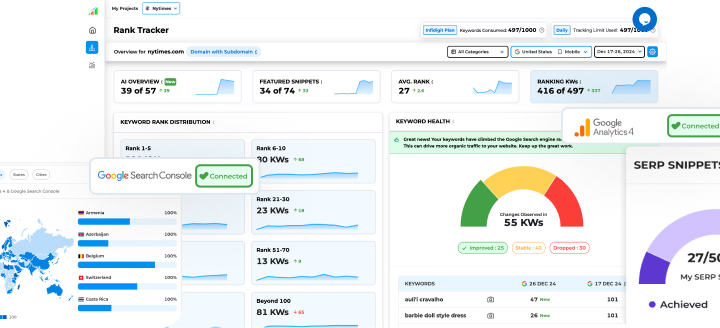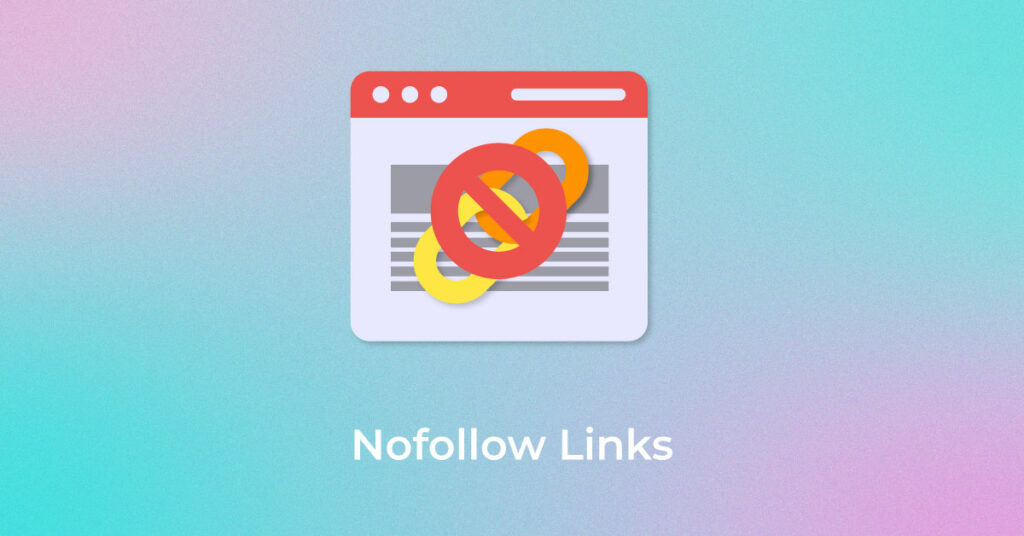When building a website or blog, not all links are created equal. Some boost your SEO rankings, while others can be used more strategically. That’s where No Follow Links come in. Whether you’re a digital marketer, blogger, or developer, understanding how to use nofollow correctly gives you more control over your SEO game.
Understanding No Follow Links
So, what is a no-follow link? A nofollow link is simply a hyperlink with a special attribute—rel=”nofollow”—that tells search engines not to pass on any authority or ranking power to the linked page. It’s useful when you want to link to a page but don’t want to “vote” for it in Google’s eyes.
This idea came from Google back in 2005 to fight link spam. Since then, it has become a key part of SEO strategies.
How No Follow Works Technically
Adding No Follow tags is easy. Here’s what a basic nofollow link HTML looks like:
<a href=”https://example.com” rel=”nofollow”>Example</a>
Search engines read this and know they shouldn’t transfer PageRank or authority to that link. It’s like saying, “I’m linking here, but not endorsing it.”
Google’s Evolution in Handling No Follow (Post-2019)
In 2019, Google updated its approach. It no longer sees nofollow as a strict rule but rather a “hint.” That means even if a link is marked nofollow, Google might still crawl or index it if it thinks the content is important.
It also introduced new attributes:
- rel=”sponsored” for paid links
- rel=”ugc” for user-generated content
These tags offer more specific control.
Strategic Use of No Follow Links in SEO
Using No Follow Links strategically protects your SEO while allowing you to link freely. Below are common cases where applying the nofollow attribute is essential, with real-world examples of who uses them and why.
1. Paid or Sponsored Content
When you’re paid to include a link, you should mark it as nofollow or sponsored. This keeps your site compliant with Google’s link guidelines and prevents passing link equity for money.
- Who uses it: News websites like Forbes use nofollow for paid placements.
- Example: A product review with a paid link to Amazon.
2. Affiliate Links
Affiliate links often lead to products where you earn a commission. To avoid being penalized for unnatural linking, add a nofollow or sponsored tag.
- Who uses it: Bloggers like ShoutMeLoud use nofollow for affiliate links.
- Example: <a href=”affiliatesite.com” rel=”nofollow”>Buy Now</a>
3. User-Generated Content (UGC)
Comments, forum posts, and profile bios may contain links added by users. These should be nofollow to prevent spam and maintain trust.
- Who uses it: Platforms like Reddit and YouTube apply ugc tags.
- Example: A link in a blog comment or forum signature.
4. Untrusted or Low-Quality Sources
If you’re linking to a site but aren’t sure about its reliability or security, use a nofollow link to avoid endorsing it.
- Who uses it: Wikipedia often uses nofollow for external citations.
- Example: Linking to a temporary source or a lightly researched article.
Sometimes, external tools or widgets include backlinks. You should make these nofollow to prevent misuse.
- Who uses it: WordPress plugin developers use nofollow in widget credits.
- Example: Footer link: “Powered by XYZ Plugin”
6. Comments and Forums
Public discussions invite spammers. Making outbound links in these sections with nofollow protects your site’s credibility.
- Who uses it: Platforms like Quora use nofollow to manage outbound links.
- Example: A link in a user reply on a Q&A thread.
Difference Between No Follow and Do Follow Links
| Feature | Do Follow Link | No Follow Link |
|---|---|---|
| HTML Attribute | Link | Link |
| Passes Link Equity | Yes | No |
| SEO Impact | Helps improve search rankings | Usually does not affect rankings |
| Search Engine Behavior | Followed and often indexed | May not be followed or indexed |
| Typical Use Cases | Internal links, trusted external sources, and organic backlinks | Paid links, affiliate links, blog comments, and user-generated content |
| Google Treatment | Viewed as a recommendation or "vote" | Treated as a hint (not a recommendation) since 2019 |
| Link Visibility | Visible and valuable to SEO tools and crawlers | Still visible, but not counted for SEO influence |
Tools to Audit and Optimize No Follow Usage
Here are tools you can use to monitor your nofollow setup:
- Screaming Frog: Check link attributes site-wide.
- Ahrefs: Audit your backlink profile for nofollow vs dofollow.
- SEMrush: Explore your competitor’s nofollow strategies.
- Google Search Console: Identify how Google crawls and indexes your links.
- NoFollow Chrome Extension: Instantly view nofollow links on any webpage.
How to Add No Follow Links (Step-by-Step)
- Manually in HTML:
Add rel=”nofollow” inside your anchor tags. - Using WordPress:
Use a plugin like Rank Math or Yoast SEO. Most offer easy toggles to mark links as nofollow. - CMS Tools:
Platforms like Wix and Shopify let you control nofollow settings in their link tools.
Common Mistakes and Misconceptions
Many people overuse the HTML nofollow Tag, thinking it will protect them from penalties. But when you block too many links—especially internal ones—you lose valuable SEO benefits. Others think nofollow completely hides a link from search engines, which isn’t true. It only changes how the link is valued.
- What does “nofollow link” mean?
A nofollow link is a type of hyperlink that tells search engines not to pass SEO authority or “link juice” to the linked page. It helps manage rankings and avoids giving unwanted endorsements.
- Is nofollow good for SEO?
Yes. Using nofollow links correctly protects your site from spam penalties, especially for paid or untrusted content. While they don’t boost rankings directly, they maintain a clean link profile and support safe SEO.
- Does Google respect nofollow?
Google used to strictly ignore nofollow links. Since 2019, it now treats them as a hint, meaning it may still crawl or index the link based on context and value, even if it doesn’t pass ranking power.
- Do nofollow links affect PageRank?
Nofollow links generally don’t pass PageRank or SEO value. However, they can still bring traffic and visibility to your site, especially when placed on high-traffic or trusted platforms.
- Can nofollow links drive traffic?
Yes. Even though nofollow links don’t help SEO directly, they can send real users to your site. That’s valuable traffic, especially from authoritative sources or niche-relevant communities.
- When should I use nofollow on external links?
Use nofollow for sponsored posts, affiliate links, user-generated content, and untrusted sources. It prevents SEO penalties by signaling to search engines that the link isn’t an endorsement.
- Should internal links be nofollowed?
No. Internal links should remain dofollow because they help search engines understand your site structure and distribute SEO value across your pages. Following them could weaken your site’s SEO performance.
- How do nofollow links differ from sponsored and UGC?
Nofollow is a general non-endorsement tag. Sponsored is for paid content, and UGC is for links from user-generated content like comments or forums. Each has a specific use in Google’s system.
- Will I be penalized for not using nofollow on paid links?
Yes. Google may penalize your site for unnatural links if you don’t label paid content properly. Always use nofollow or sponsored for any compensated or promotional link placements.
- Do nofollow links help with indexing?
Sometimes. While they don’t guarantee indexing, Google may still follow and index nofollow links if it deems the content valuable or relevant, especially if found on high-authority websites.
Popular Searches
How useful was this post?
0 / 5. 0


